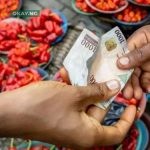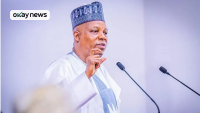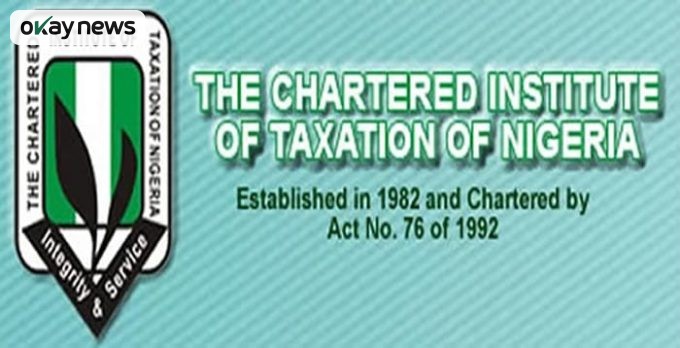Key Inflation Drivers:
The CPI, which rose to 117.34 in March 2025 (a 4.40-point increase from February), serves as a key indicator of the average change in prices of goods and services consumed by people. The year-on-year headline inflation rate showed an increase of 1.05% compared to the previous month, while the month-on-month rate jumped to 3.90% in March 2025, up by 1.85% from February’s 2.04%.
State-by-State Analysis:
The burden of this rising inflation is not felt equally across Nigeria.
- Highest Inflation: In March 2025, Kaduna (33.33%), Osun (32.08%), and Kebbi (30.74%) recorded the highest year-on-year headline inflation rates, indicating that residents in these states are facing the steepest increases in the cost of living.
- Lowest Inflation: Conversely, Akwa Ibom (12.81%), Bayelsa (14.02%), and Sokoto (14.83%) experienced the lowest year-on-year headline inflation, offering some relative relief to their residents.
- Monthly Spikes: On a month-on-month basis, Kaduna (18.85%), Osun (16.49%), and Oyo (14.44%) saw the sharpest increases in March 2025, suggesting a rapid acceleration of living costs within a single month.
- Monthly Declines: Interestingly, Sokoto (-8.66%), Nasarawa (-4.38%), and Kwara (-3.69%) recorded the lowest rise in month-on-month inflation, and in fact, showed a decline, which is an unusual trend in the current inflationary environment.
Impact on Urban and Rural Areas:
The inflation trend also varies between urban and rural areas. In March 2025, the urban inflation rate was 26.12% year-on-year and 3.96% month-on-month, while the rural inflation rate was 20.89% year-on-year and 3.73% month-on-month. This highlights that urban centers are generally experiencing higher inflationary pressures compared to rural areas.
Drivers of Headline Inflation:
The key contributors to the headline index at the divisional level include:
- Food and Non-Alcoholic Beverages (9.28% YoY contribution, 0.82% MoM)
- Restaurants and Accommodation Services (2.99% YoY, 0.26% MoM)
- Transport (2.47% YoY, 0.22% MoM)
- Housing, Water, Electricity, Gas, and Other Fuels (1.95% YoY, 0.17% MoM)
These sectors are significantly impacting the overall inflation rate and, consequently, household budgets.
Nigeria’s rising headline inflation presents a complex economic challenge with varied impacts across states and regions. Understanding these differences is crucial for policymakers and citizens alike in navigating the current economic climate.













